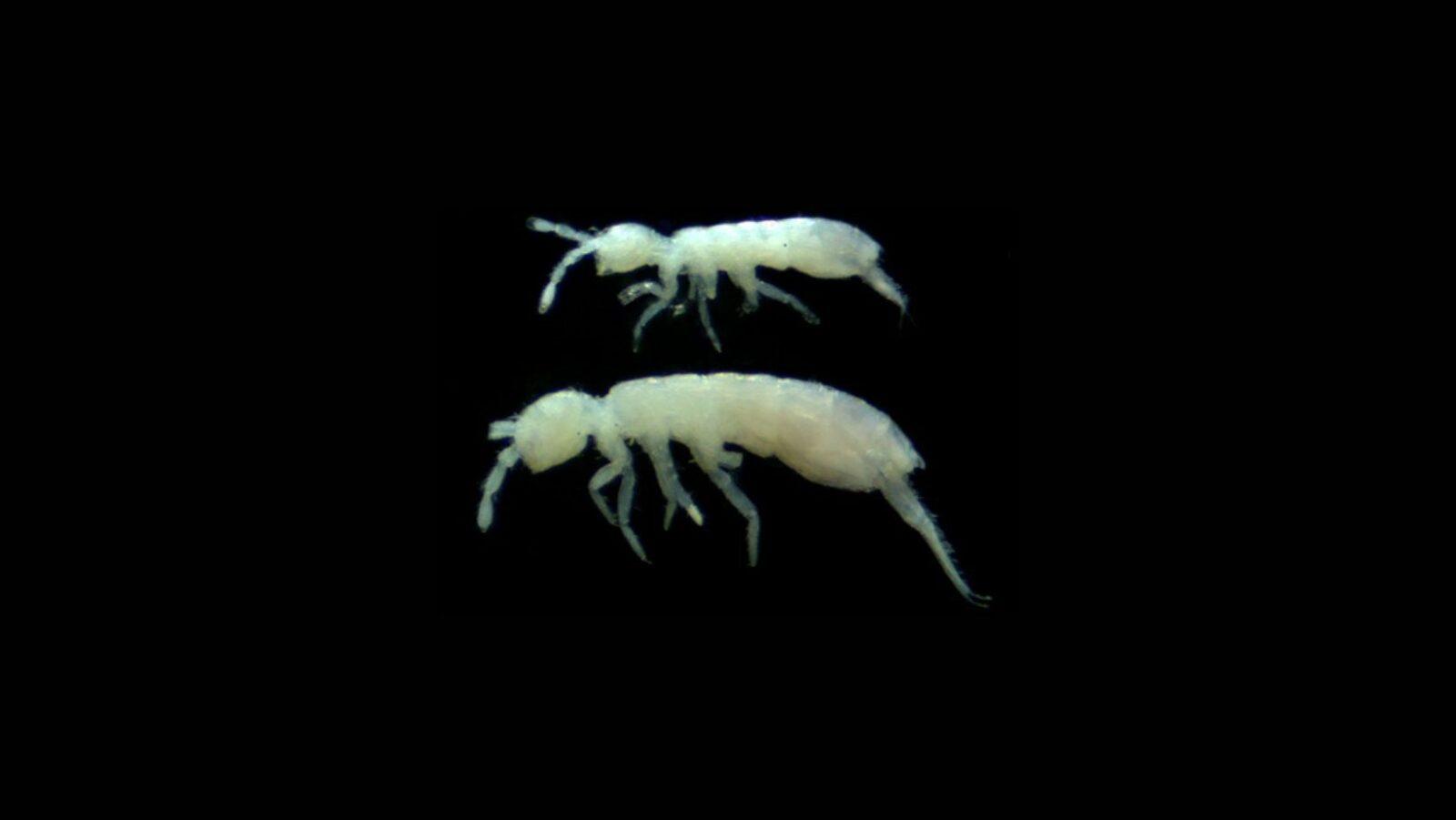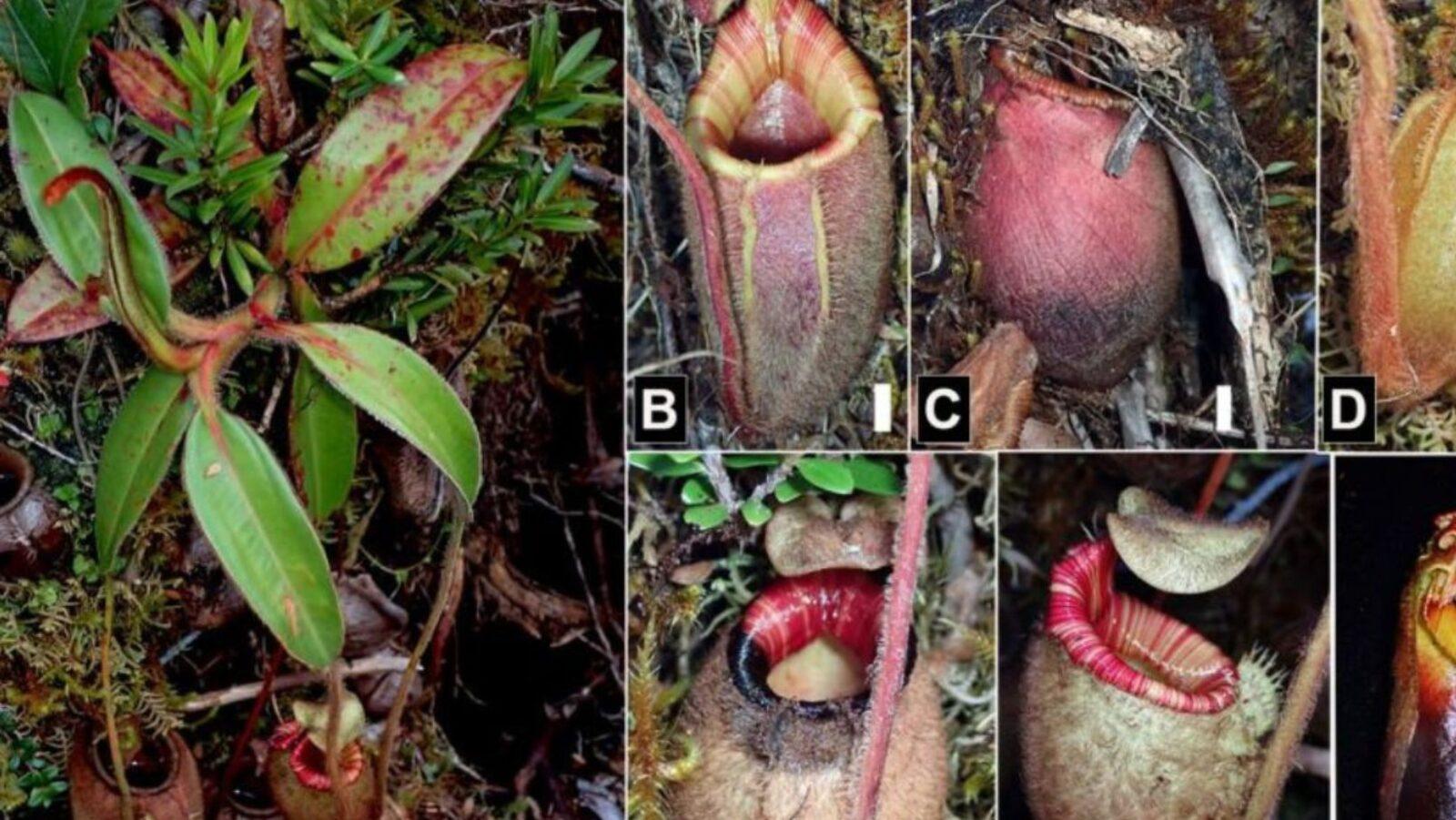The recently released report of the International Union for Conservation of Nature (IUNC) on the worldwide state of pangolins is, in a word, bleak.
The Philippine pangolin (Manis culionensis) in particular was reclassified from “endangered” to “critically endangered,” with its population expected to fall by a staggering 80% in the very near future. In short, without immediate intervention, it’s only a matter of time before it goes extinct.
But, let’s face it. There’s a lot we don’t know about the world’s only scaled mammal.
Hence, here are five facts that will help us understand our pangolins and their current state.
1. The Philippine pangolin was recently reclassified as a distinct species
Yep, that’s right. It was only in 1998 when experts identified the Philippine pangolin as a separate species from the Sunda pangolin (M. javanica). They classified M. culionensis as its own species because it has more (albeit much smaller) scales than the far more widespread M. javanica.
M. culionensis is endemic to the Philippines, found specifically in Palawan and Culion.
2. Pangolins are disappearing due to man-made exploitation
According to experts, our pangolins are suffering heavily from habitat destruction and mass-scale poaching. Land development has also forced pangolins to reside near residential areas, despite their reclusive behavior.
Meanwhile, they are being hunted for their scales and meat, only to be exported to countries such as China and Vietnam. Proponents of alternative medicine believe that pangolin scales can treat ailments such as arthritis, rheumatism, and asthma, as well as promote menstruation and lactation in women. However, no solid scientific evidence exists to support these claims.
3. Pangolin trafficking is a lucrative, systematic, trans-national business
According to Palawan Council for Sustainable Development Staff (PCSDS) Operations Director Nino Estoya, pangolin hunting is a systematic collaboration among local poachers, middlemen, Filipino and Chinese local financiers, and international wildlife syndicates.
A single pangolin can command a price tag of up to Php 25,000. Meanwhile, its scales may sell for as much as Php 9,700 per kilogram, while its meat costs Php 250 per kilogram.
The illegal pangolin trade is so widespread and aggressive that the Environmental Investigation Agency has declared pangolins to be the world’s “most trafficked animal.”
4. Scientists still know little about pangolins
Sadly, experts admit that scant research has been conducted on Philippine pangolins. As a result, it’s difficult to estimate its remaining population and to fully understand its biological features.
Various institutions, such as the Palawan Pangolin Conservation Project (PPCP) and Palawan State University, are now conducting studies on Philippine pangolins, as well as the actors responsible for its trafficking.
PPCP Program Director Sabine Schoppe said that performing such studies are challenging, since they’re basically racing against time before pangolins face certain extinction.
5. Government efforts are still lacking
Year after year, the government continues to confiscate pangolin products before they make it out of the country. However, current protocols simply aren’t enough.
Currently, the government is still working on identifying the backers of the illegal pangolin trade. Additionally, crackdown operations and law enforcement suffer from limited funding, forcing local agencies to rely heavily on foreign aid. According to PCSDS deputy executive director Adelina Villena, coordination with other government agencies, such as the police and military, remains weak. —MF
Cover photo: Roger G. Dolorosa/iucnredlist.org
References
- https://www.nationalgeographic.com/animals/mammals/group/pangolins/
- https://biologicaldiversity.org/w/news/press-releases/pangolins-decline-deadly-poaching-continues-red-list-experts-find-2019-12-10/
- https://animaldiversity.org/accounts/Manis_culionensis/
- https://news.mongabay.com/2019/12/three-pangolin-species-closer-to-extinction-iucn/
- https://newsinfo.inquirer.net/1201229/ph-pangolin-closer-to-extinction
- https://www.rappler.com/science-nature/environment/246825-philippine-government-stopping-pangolin-trade-challenging-part-2
- https://www.pangolinsg.org/pangolins/philippine-pangolin/
- https://eia-international.org/wildlife/helping-pangolins/
Author: Cesar Ilao III
Cesar III is currently a BS Development Communication student from the University of the Philippines Los Baños. As a science communicator, he is passionate about sharing science to all Filipinos.







